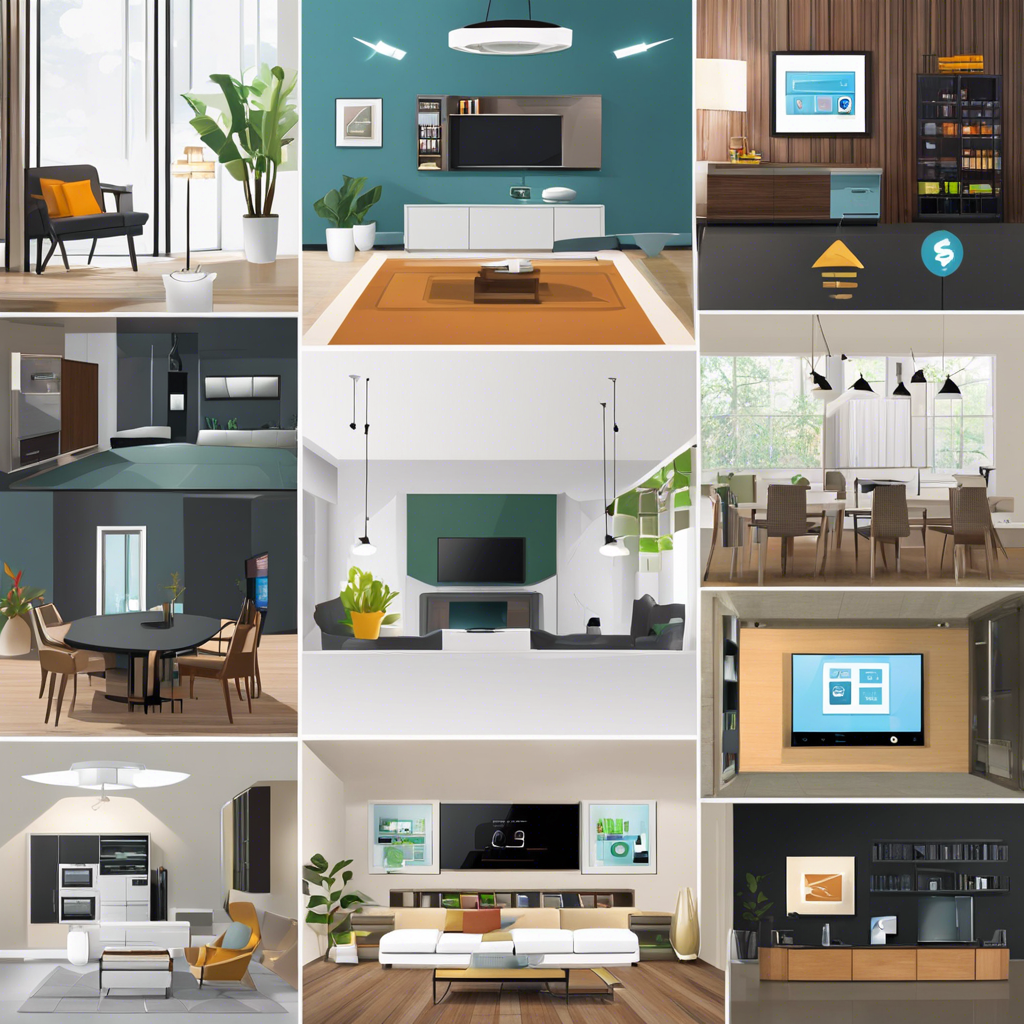The world of home automation can be exciting yet overwhelming for beginners. With so many smart devices and systems available, it can be challenging to know where to start. But fear not! This beginner’s guide will provide you with the essentials you need to know to dip your toes into the world of home automation and create a smarter and more efficient living space.
The concept of home automation may seem daunting, but it simply refers to using technology to control and automate various devices and systems in your home. This can include lighting, temperature, entertainment, security, and more. The goal is to make your home more convenient, comfortable, and secure. Home automation allows you to control these aspects of your home remotely, whether through a smartphone app, voice control, or automated schedules and routines. This technology is becoming increasingly accessible, with a range of affordable options available on the market, making it a great time for beginners to explore the possibilities.
When starting your home automation journey, it’s essential to begin with the basics. Smart lighting is a popular entry point as it can instantly enhance the ambiance and functionality of your home. Smart bulbs and lighting systems allow you to control the lighting in your home remotely, adjust brightness and color temperature, and even set automated schedules. For example, you can program the lights to turn on at sunset and off at midnight or create a cozy atmosphere by dimming the lights and adjusting their color temperature.
Another essential aspect of home automation is temperature control. Smart thermostats allow you to regulate the temperature of your home from anywhere, helping you save energy and money. These devices can learn your preferences and automatically adjust the temperature based on your daily routines. Some thermostats also offer energy-saving features, such as detecting when a room is unoccupied and adjusting the temperature accordingly. This technology ensures your home is always comfortable when you need it to be.
Security is a primary concern for any homeowner, and home automation offers innovative solutions. Smart security systems provide remote monitoring and control of your home’s security, allowing you to check-in anytime, from anywhere. This includes smart locks that enable keyless entry and remote locking and unlocking, as well as motion sensors, door/window sensors, and security cameras that detect and alert you of any suspicious activity. With real-time notifications and remote access, you can enjoy peace of mind, knowing your home is secure.
Entertainment is another key area where home automation excels. Creating a seamless entertainment ecosystem allows you to control your media and enjoy content effortlessly. This includes smart TVs, sound systems, and streaming devices that can be controlled and synchronized using a central hub or voice assistant. For example, with a simple voice command, you can turn on your TV, switch to your favorite streaming service, and adjust the volume, creating the ultimate entertainment experience.
Voice assistants are a fundamental part of home automation, acting as a central hub for controlling and managing your smart devices. Whether you choose a popular option like Amazon Echo or Google Home or opt for Apple’s HomePod, these voice assistants allow for seamless integration and control of your smart home ecosystem. With voice control, you can manage lighting, temperature, security, and entertainment with ease, creating a truly hands-free experience.
Starting your home automation journey is easier than you think. Begin by identifying your priorities and choosing a few essential devices to get started. You can select a smart lighting system and a voice assistant or opt for a smart thermostat and security system. Many of these devices offer easy DIY installation, making the setup process straightforward. As you become more familiar with home automation, you can continue to expand and customize your smart home ecosystem.
The world of home automation is constantly evolving, and there are always new devices and innovations to explore. However, it’s important to remember that you don’t need to automate every aspect of your home overnight. Start small, choose devices that align with your needs and interests, and gradually build up your smart home ecosystem. With this beginner’s guide in mind, you’re now equipped with the knowledge to begin your home automation journey and create a more efficient, comfortable, and secure living space. So, what are you waiting for? It’s time to dive into the exciting world of home automation!
